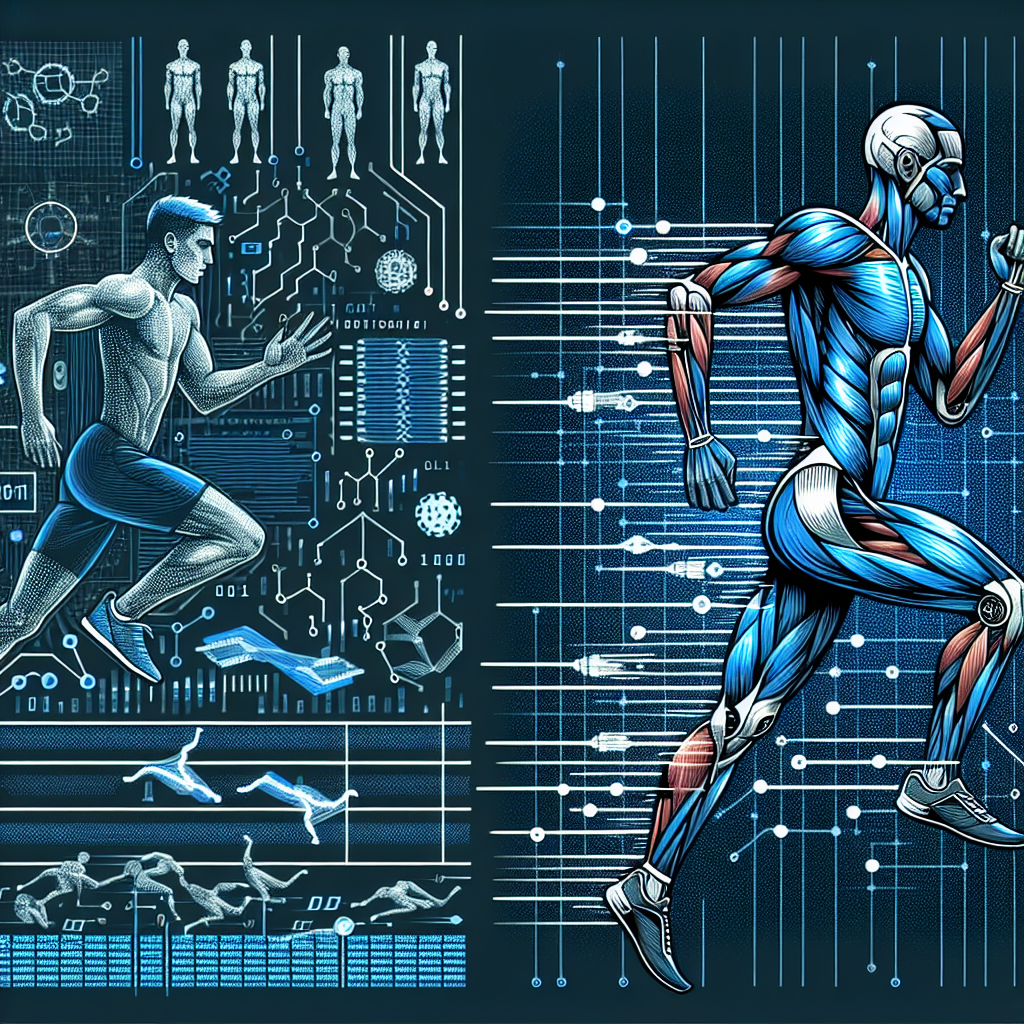AI Integration in Sports: Maximizing Performance
Artificial intelligence (AI) has revolutionized many industries, and sports is no exception. From performance analysis to injury prevention, AI has the potential to transform the way athletes train and compete. By harnessing the power of data and machine learning algorithms, sports teams and athletes can gain valuable insights that can help them improve performance, reduce injuries, and ultimately achieve their goals.
One of the key ways in which AI is being integrated into sports is through performance analysis. By collecting and analyzing data from sensors, cameras, and other sources, AI can provide coaches and athletes with valuable insights into their performance. For example, AI can track an athlete’s speed, agility, and other key metrics during training sessions or competitions. This data can then be used to identify areas for improvement, develop personalized training programs, and track progress over time.
AI can also be used to analyze game footage and provide insights into tactics, strategies, and opponent behavior. By analyzing large amounts of video data, AI algorithms can identify patterns and trends that may not be apparent to the human eye. This can help coaches and players make more informed decisions during games, leading to better performance on the field or court.
In addition to performance analysis, AI can also play a key role in injury prevention. By monitoring athletes’ movements and biomechanics, AI algorithms can identify potential risk factors for injuries and provide recommendations for reducing the risk of injury. For example, AI can analyze an athlete’s running gait and recommend exercises or adjustments to their technique to reduce the risk of developing a running-related injury.
Furthermore, AI can help athletes and teams optimize their training programs by predicting fatigue, monitoring recovery, and adjusting training loads accordingly. By analyzing data on sleep patterns, nutrition, and other factors, AI algorithms can provide personalized recommendations to help athletes maximize their performance and reduce the risk of overtraining.
Overall, the integration of AI in sports has the potential to revolutionize the way athletes train and compete. By harnessing the power of data and machine learning algorithms, sports teams and athletes can gain valuable insights that can help them improve performance, reduce injuries, and ultimately achieve their goals.
FAQs
Q: How is AI being used in sports performance analysis?
A: AI is being used in sports performance analysis to track athletes’ movements, analyze game footage, and provide insights into tactics, strategies, and opponent behavior. By collecting and analyzing data from sensors, cameras, and other sources, AI can provide coaches and athletes with valuable insights into their performance.
Q: How can AI help prevent injuries in sports?
A: AI can help prevent injuries in sports by monitoring athletes’ movements and biomechanics, identifying potential risk factors for injuries, and providing recommendations for reducing the risk of injury. By analyzing data on sleep patterns, nutrition, and other factors, AI algorithms can provide personalized recommendations to help athletes reduce the risk of overtraining and optimize their training programs.
Q: How can AI optimize training programs for athletes?
A: AI can optimize training programs for athletes by predicting fatigue, monitoring recovery, and adjusting training loads accordingly. By analyzing data on sleep patterns, nutrition, and other factors, AI algorithms can provide personalized recommendations to help athletes maximize their performance and reduce the risk of overtraining.
Q: What are the benefits of integrating AI into sports?
A: The integration of AI into sports can provide athletes and teams with valuable insights that can help them improve performance, reduce injuries, and ultimately achieve their goals. By harnessing the power of data and machine learning algorithms, sports teams and athletes can gain valuable insights that can revolutionize the way they train and compete.

